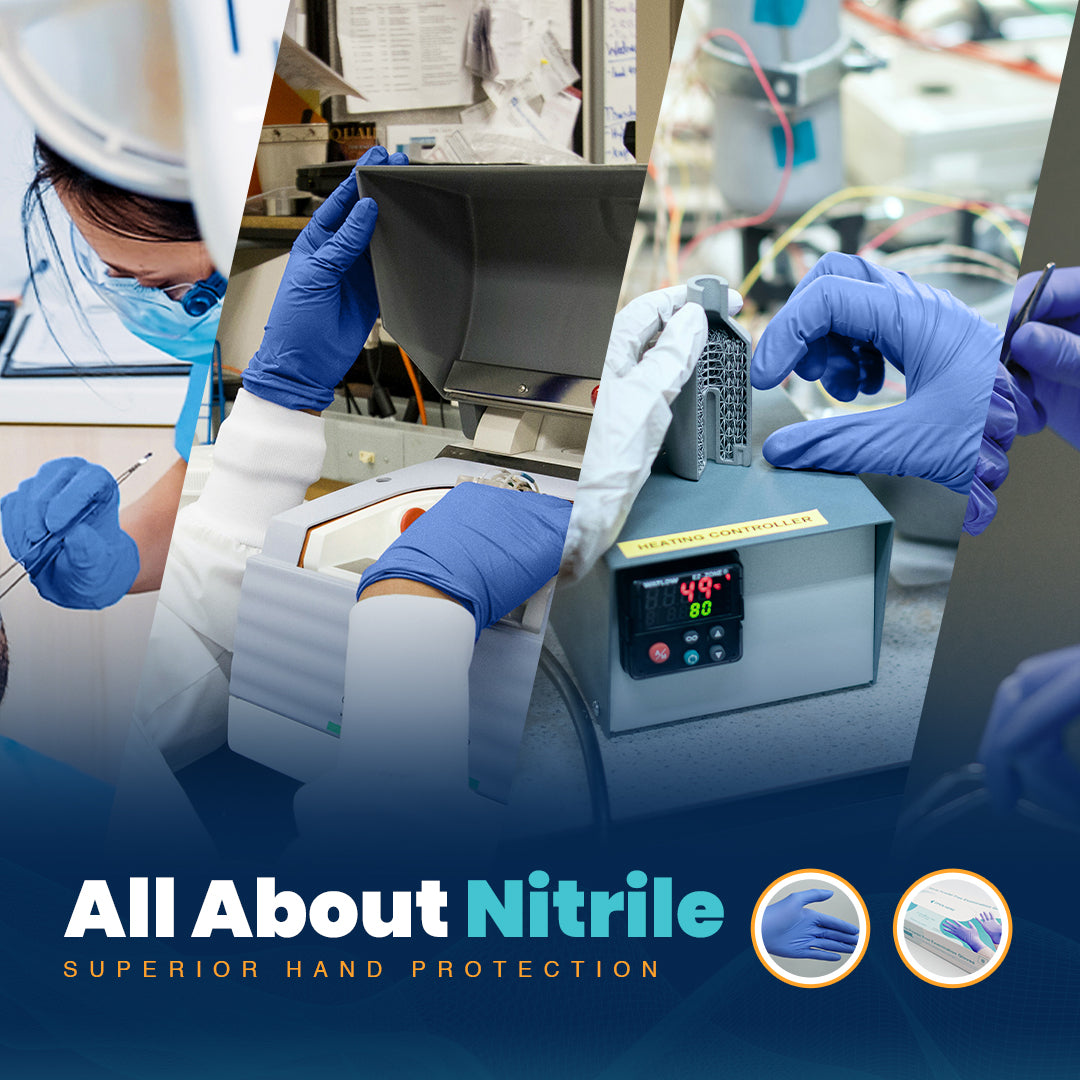5 Reasons Nanomaterials are the Future of Energy Storage
Posted by MSE Supplies Admin on
An international conglomerate of scientists and researchers from Drexel, Stanford, Graphene Labs, the Center for Advancing Electronics Dresden (CFAED) and others have collaborated to develop a report that details how the future of energy storage technology lies in nanomaterials. The chief benefits of nanomaterials can be summarized into five major categories:
- Lifetime – nanoparticles allow devices to achieve longer lifetimes due to their minimized contact area, which prevents strain induced degradation during battery cycling.
- Flexibility – nanowire (1D) and nanoflake (2D) materials are both compatible with flexible devices while simultaneously achieving high electronic and ionic conductivity.
- Manufacturing – the unique structure of nanomaterials allows them to be designed and synthesized using novel manufacturing techniques such as printing, spray coating, roll-to-roll assembly, etc.
- Safety – nanomaterials have short diffusion paths that allow nonflammable solid-state electrolytes to be utilized in the production of energy storage devices, significantly increasing battery safety.
- Size – nanomaterials, by their nature, allow battery components to be built at far smaller sizes and weights, increasing both device portability and range in electric vehicles.
Now that this report has been issued, the future foundation of energy storage devices can be built upon the ongoing research and development of nanomaterials.

Figure 1: Various applications of nanomaterials for energy storage. Source: Pomerantseva, et al.
Lithium battery materials for research and development, such as cathode, anode, and solid-state electrolyte materials, can be found at MSE Supplies. These materials include core components of a functional lithium battery, from anode to cathode powder to solid-state electrolyte materials like LLZO, argyrodite, and more. The solid-state electrolyte materials are state-of-the-art, proprietary compounds synthesized by our partner company, Ampcera.
Graphene products are available for purchase at MSE Supplies. The products available include graphene CVD films (monolayer or multi-layer) and graphene oxide (dry powder or dispersion in water) for either research or industrial production purposes. Substrates for the graphene films include copper, silicon, SiO2, quartz, or PET.

Source: https://science.sciencemag.org/content/366/6468/eaan8285/tab-pdf
Share this post
- Tags: Graphene, Graphene Oxide, Lithium Batteries



